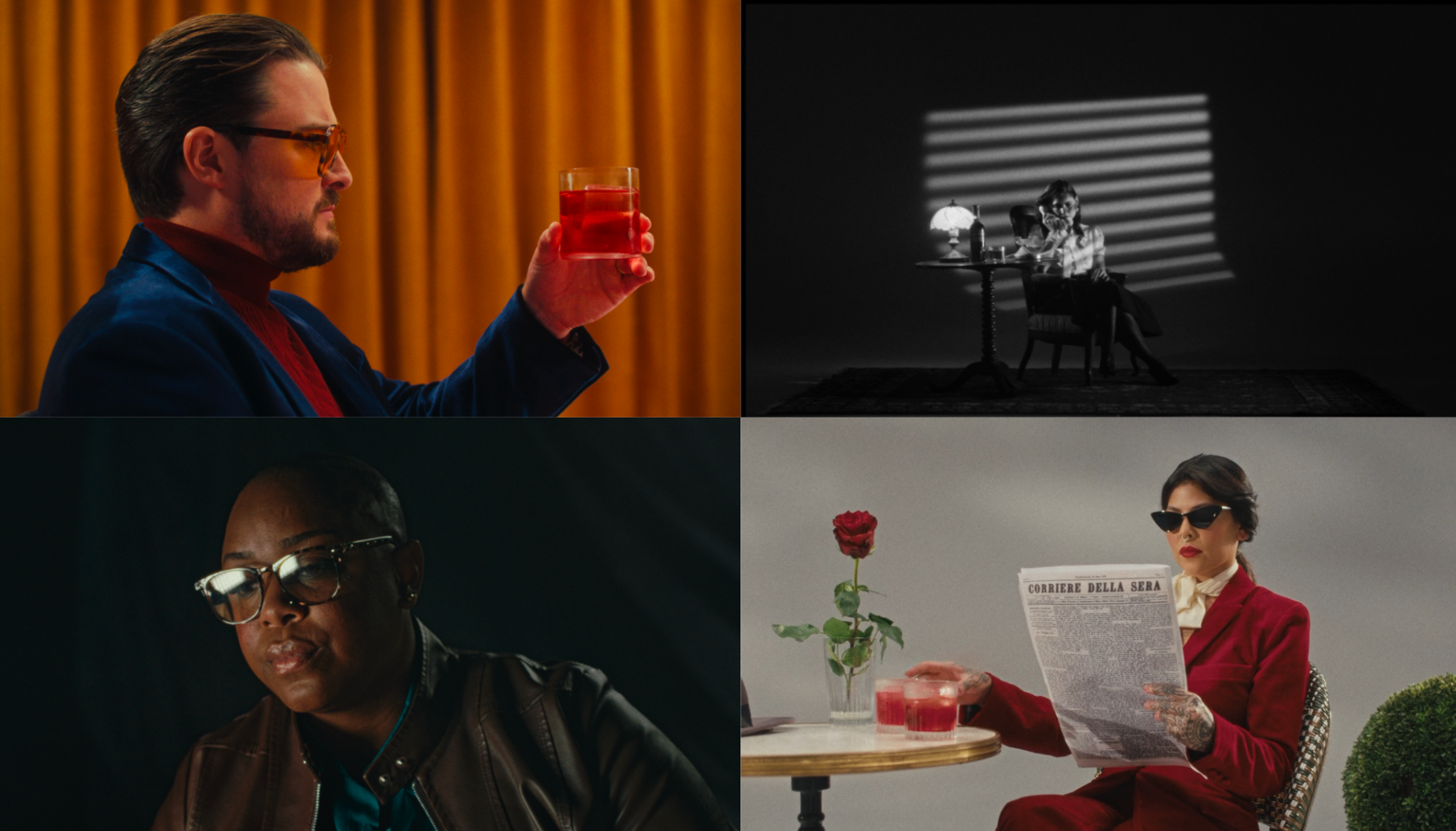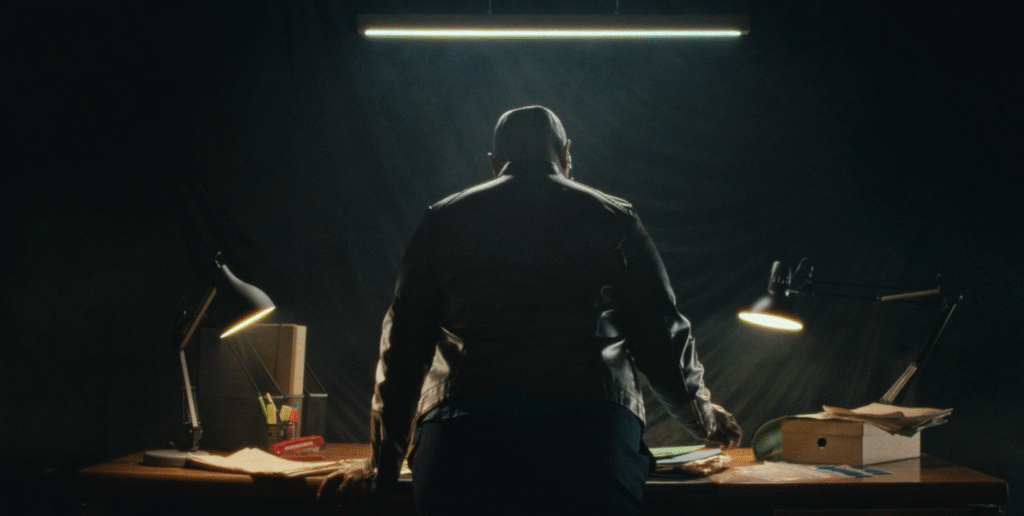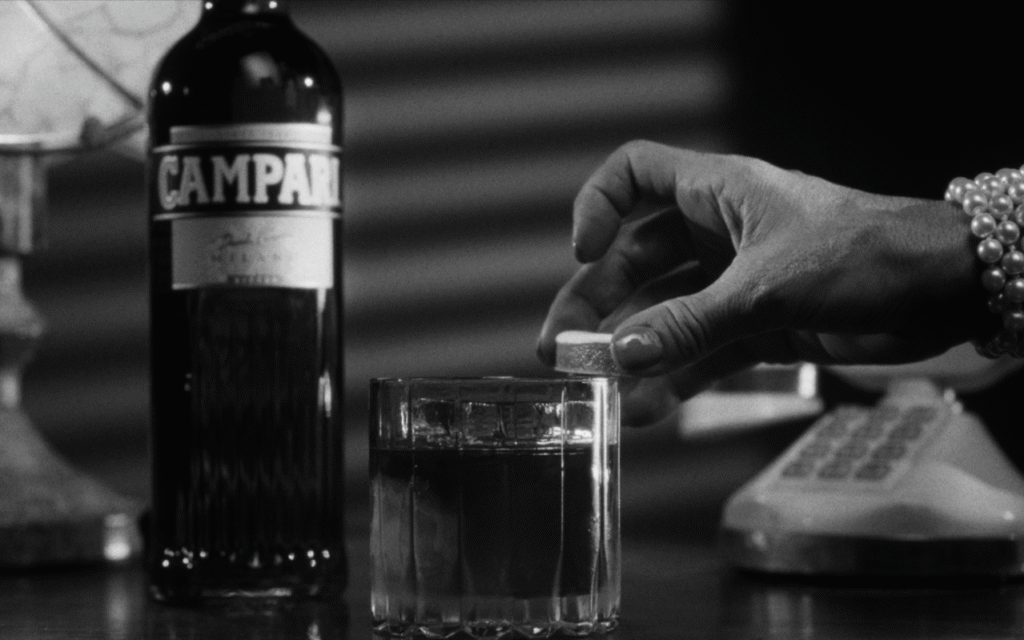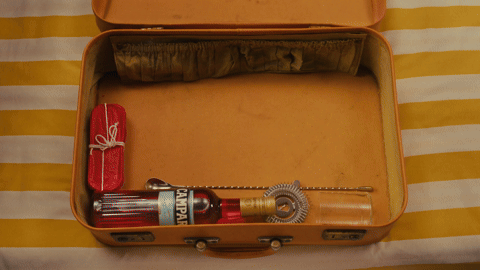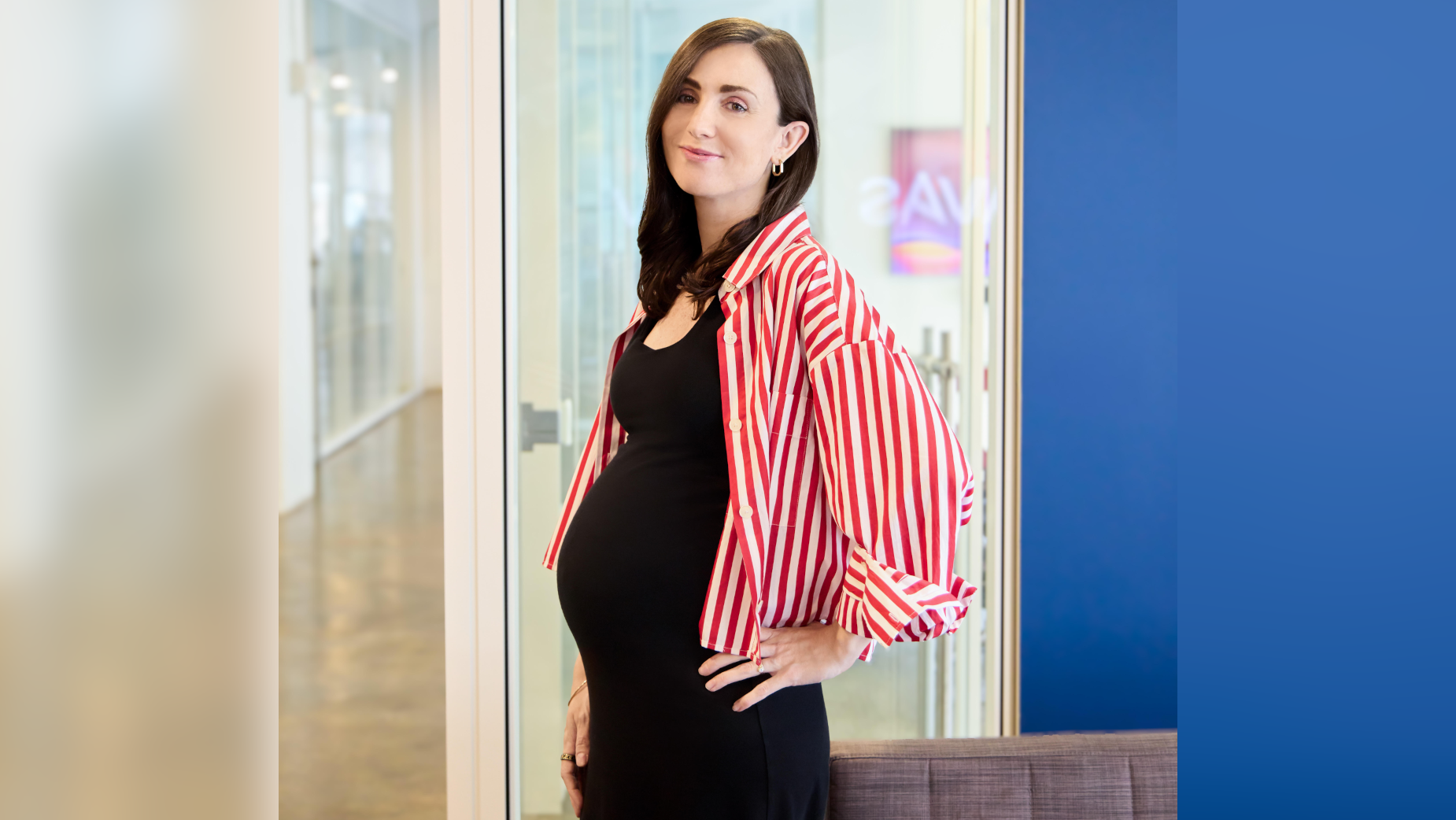In this instalment of the ‘Motherland in Adland’ series, the creative director explains how discovering AI during maternity leave unlocked a new creative freedom – and why mothers must play an active role in shaping the future of work
Motherhood in advertising has long been an unspoken challenge – a career-defining crossroads where ambition is too often questioned, and support systems fall short. And while the industry has made progress in acknowledging the realities of working parents, tangible change is still slow, leaving many mothers to navigate the journey alone.
In this instalment of Motherland in Adland – the series founded by NERD’s Milana Karaica in partnership with LBB – we hear from Casey Bird, a creative director who most recently worked at Channel 4.
During her second maternity leave, Casey didn’t just return to work – she rewired how she thought about creativity, career progression, and possibility. AI became her tool for liberation, reinvention, and self-determined ambition. Now, as she launches her own creative studio, she’s calling on mothers across adland to experiment, challenge norms, and help shape the next era of work – because if they don’t, the future risks being built without them.
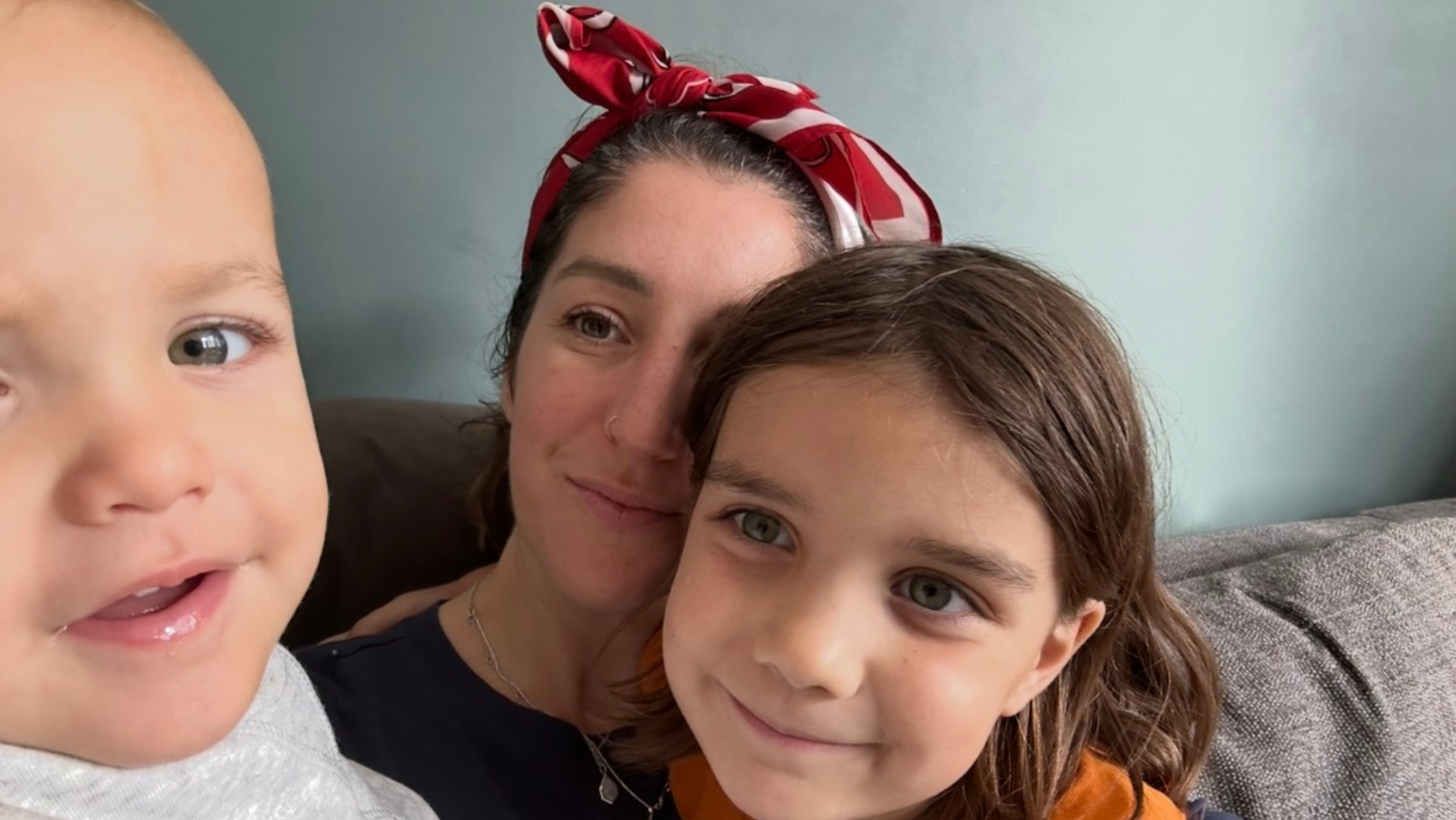
The AI Revolution is Here. Mothers Can’t Be on the Sidelines.
I’m not a technologist. I’m not a coder. I’m a mother of two (Hi Ruby & Mason, mama’s in LBB!).
I’m an award-winning creative director in advertising and marketing by trade, and someone who spent most of my career working global brands or brand partnerships, most recently Channel 4. But, during my second maternity leave in 2024, something happened: I became obsessed with AI. I became obsessed with the possibilities, the opportunities, the limitless ideas and thoughts. My brain literally exploded.
Not in a “sci-fi robots” kind of way, but because I saw how powerful it could be when applied to real life. I devoured hours of podcasts or YouTube vids on the topic. I started using it to brainstorm business ideas, draft pitches, shape creative concepts, things I had always relied on late nights or over-caffeinated mornings to do. Suddenly, instead of squeezing myself into a workplace model that was never designed for me, I could start designing my own.
That shift was life-changing for me. In 2025 I created the first advert for a brand on behalf of Channel 4 using creative imagination, prompt engineering and a lot of human editing. I could do this, because I felt confident with the tools I had been practising behind the curtains, that when the opportunity arose, I was able to raise my hand and stand out. It was so much fun feeling limitless in the execution and not restricted by a shoot.
Now? I’m currently in the process of taking a pause whilst I launch my own creative studio, one that works around my time, my energy, and my commitment to my family. And AI is at the heart of it, obviously. My imposter syndrome sometimes can tell me this is a bit of a gimmick, but I truly believe it’s going to the scaffolding that allows me to build a business on my own terms as a mother.
Here’s the thing I’ve been pondering, AI is being called the biggest shift since the internet. But if mothers aren’t part of this revolution, then once again the future of work will be built without us in mind. And we can’t afford that. Women constitute only 20% of employees in technical roles in major machine learning companies, 12% of AI researchers, and 6% of professional software developers. (UNESCO)
Because let’s be honest, the traditional workplace is already failing mothers. And if you’re reading this and nodding along, you’re not alone. Too many of us are pushed out, sidelined, or quietly exit because the system doesn’t bend and work with us and our commitments. AI could change that. It could be the tool that helps us re-enter, reinvent, or completely bypass the structures that excluded us in the first place.
So imagine if mothers everywhere used AI not just to lighten the admin load or think up dinner ideas for the week, but instead:
- Prototype businesses faster: turning that “what if” idea into a plan overnight. With no-code website builds you can take your idea to MVP in a day. No dev dude to patronise you.
- Access opportunities that don’t depend on presenteeism: pitching, networking, or upskilling on your own schedule. Getting LLM’s to challenge you, set goals and learning schedules. Research indicates that women adopt generative AI tools at work 25% less than men, potentially widening the gender gap in career opportunities. (AllBright)
- Rewrite the CV narrative: using AI to frame maternity leave not as a “gap,” but as proof of leadership, resilience, and creativity. The more we feed the LLM’s and tools these narrative, the less bias will present.
- Create new economies of work: where flexibility isn’t a perk, it’s the foundation. The opportunity is enormous. But only if we claim it!
If AI is left to be defined by the Silicon Valley bros and tech dudes in your office, it will replicate the same systems that already shut us out. If mothers step in, experiment, and shape it, we can build something better. Not just for us, but for everyone.
Think of it as inventive, as being resourceful and creative with our thinking. And mothers have always been good at that, right?
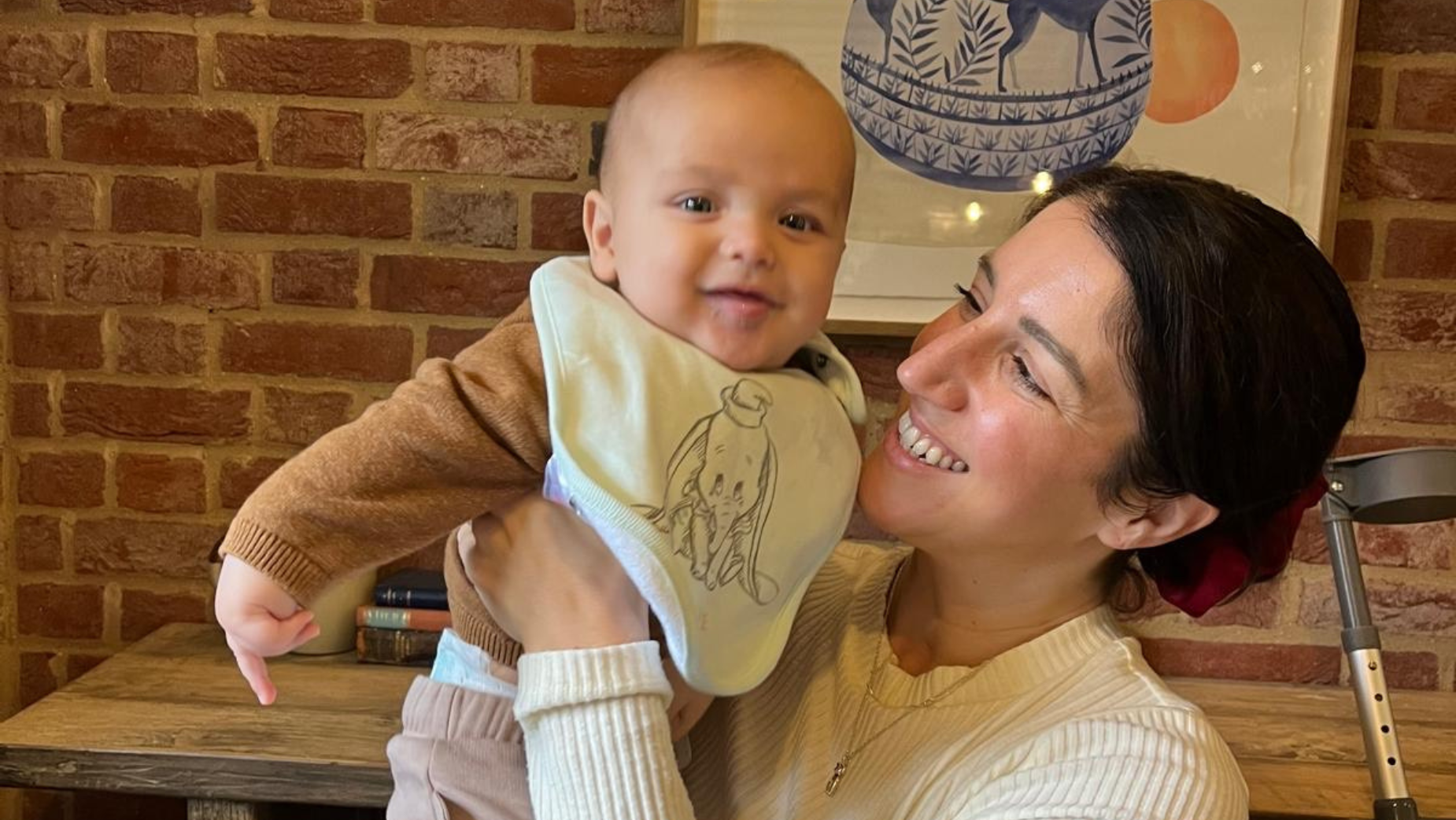
So here’s my call to action for mothers and others, reading this…
Mothers, play with AI. It’s not scary or uninviting. Break it, bend it, push it. Use it to sketch that side hustle, to pitch that business idea, to design work that actually fits your life!
Because if mothers don’t step in now, we risk being erased from the future of work before it’s even been written. Now is the time to really flex the skills, and pull up a seat at the table. In fact, forget the table, build your own AI table with cosy chairs and warm cups of tea and invite other women to sit at it with you.


